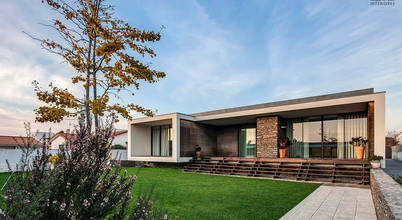
[ad_1]
To be able to store two cars, you must plan to build a garage large enough to accommodate two vehicles. The double garage allows you to park two cars protected from the wind, rain, and sun. The location, size, and shape of this building depend essentially on two criteria: your terrain and needs. You should also take into account the possible configurations of a double garage. You can choose between parking the two cars side by side or in a row. In fact, the configuration has a significant impact on the price of the garage.
Each configuration (side by side or in a row) has advantages and disadvantages. Criteria such as the practical side, the surface that will be needed on the land, or the configuration of your home are essential to take into account to make the right choice.
As the name suggests, the vehicles are parked next to each other. This type of garage has a large door opening on both vehicles. In this case, it is necessary to resort to measurement and, therefore, plan a larger budget. There may also be two standard doors separated by a concrete pillar. In this case, each car has its door. The side-by-side garage allows you to take one or another vehicle at any time without making additional manoeuvres. Inside, the space can be separated by a solid partition, a half-wall, simple pillars or left free. It is usually done underneath the house. Designing this type of garage in the garden would be too invasive.
[ad_2]



























































